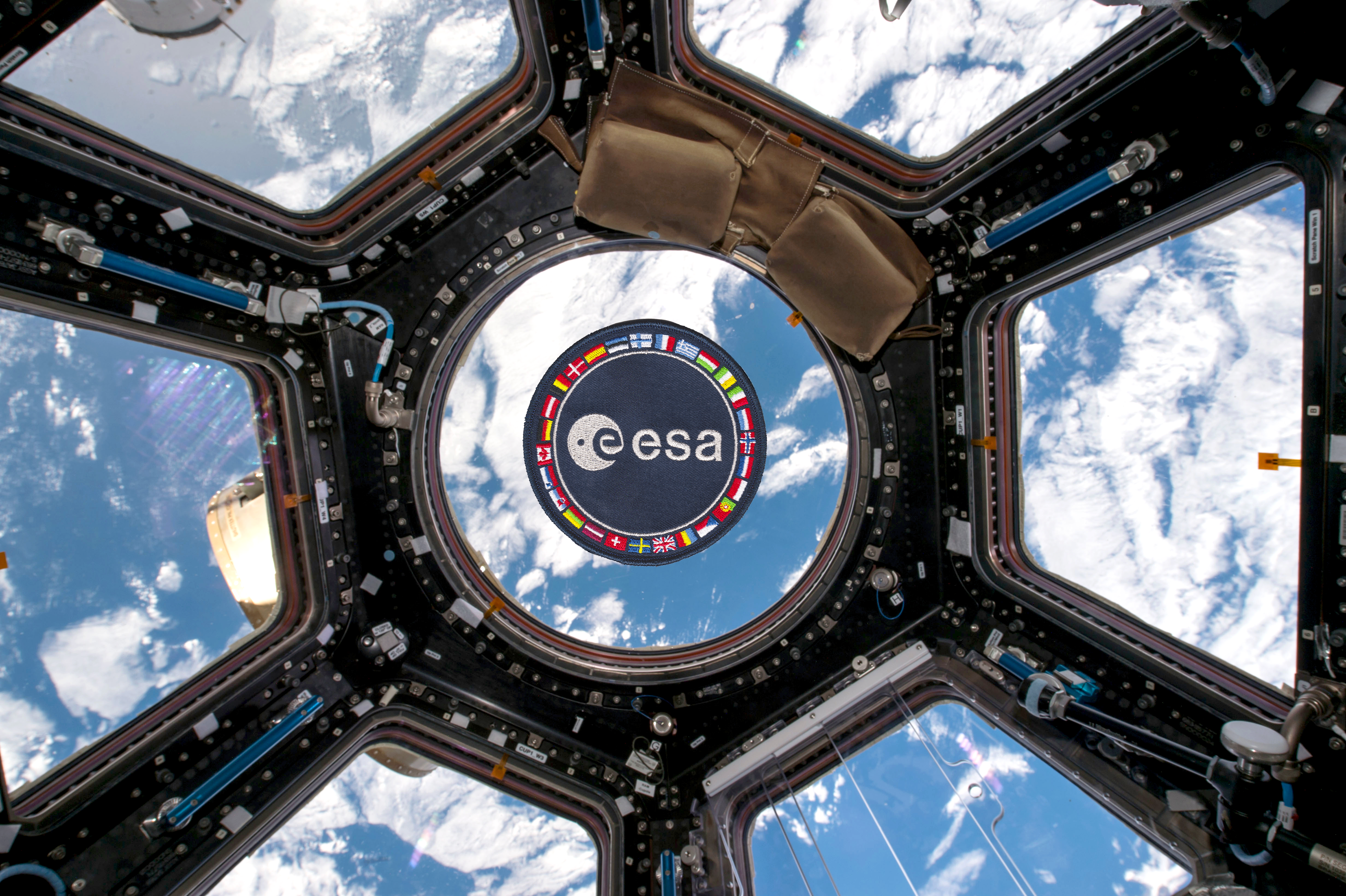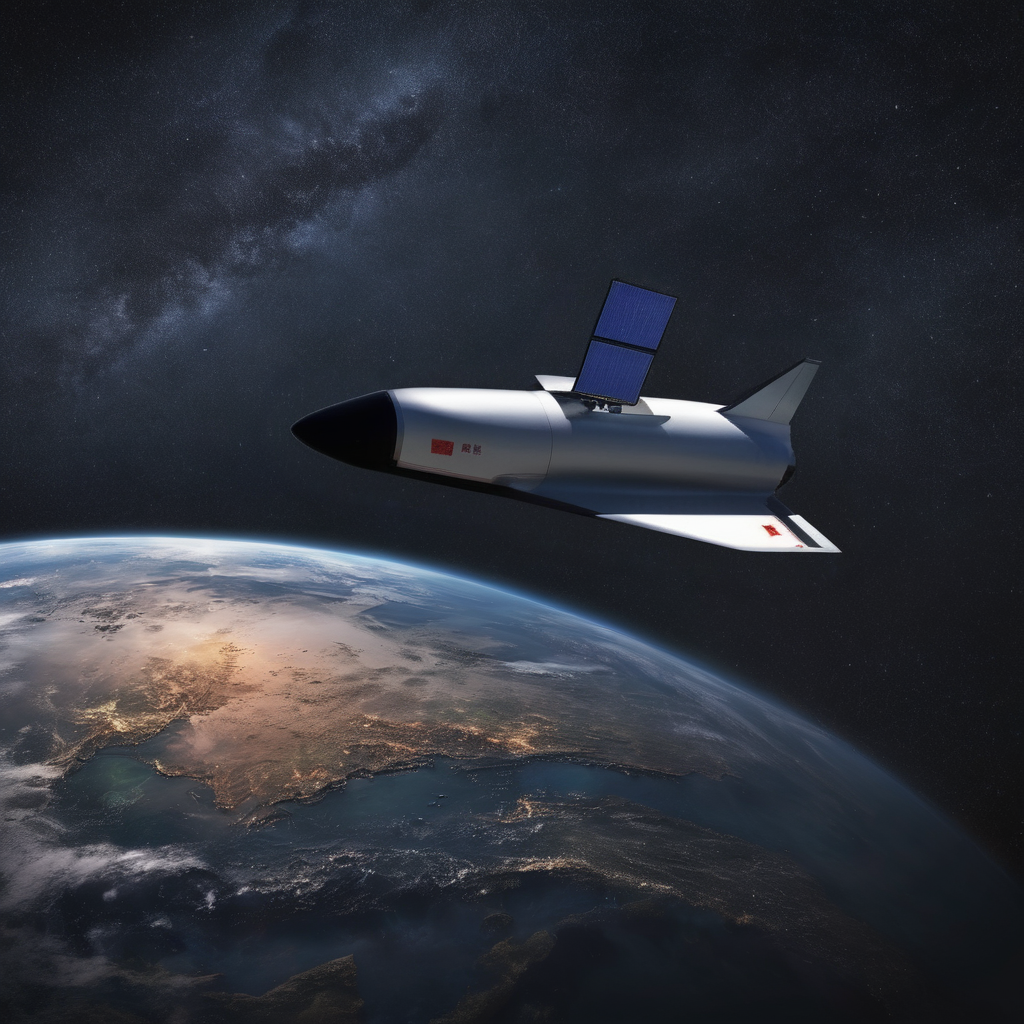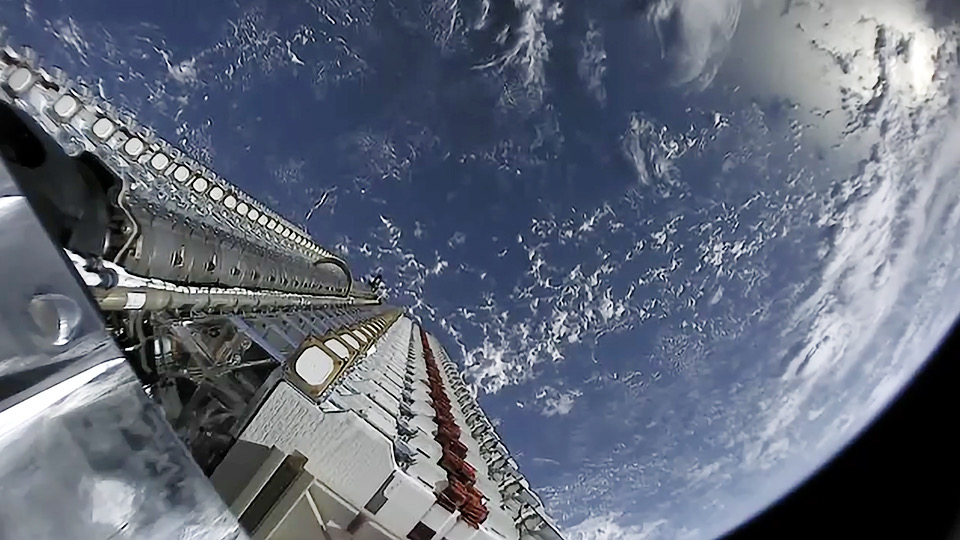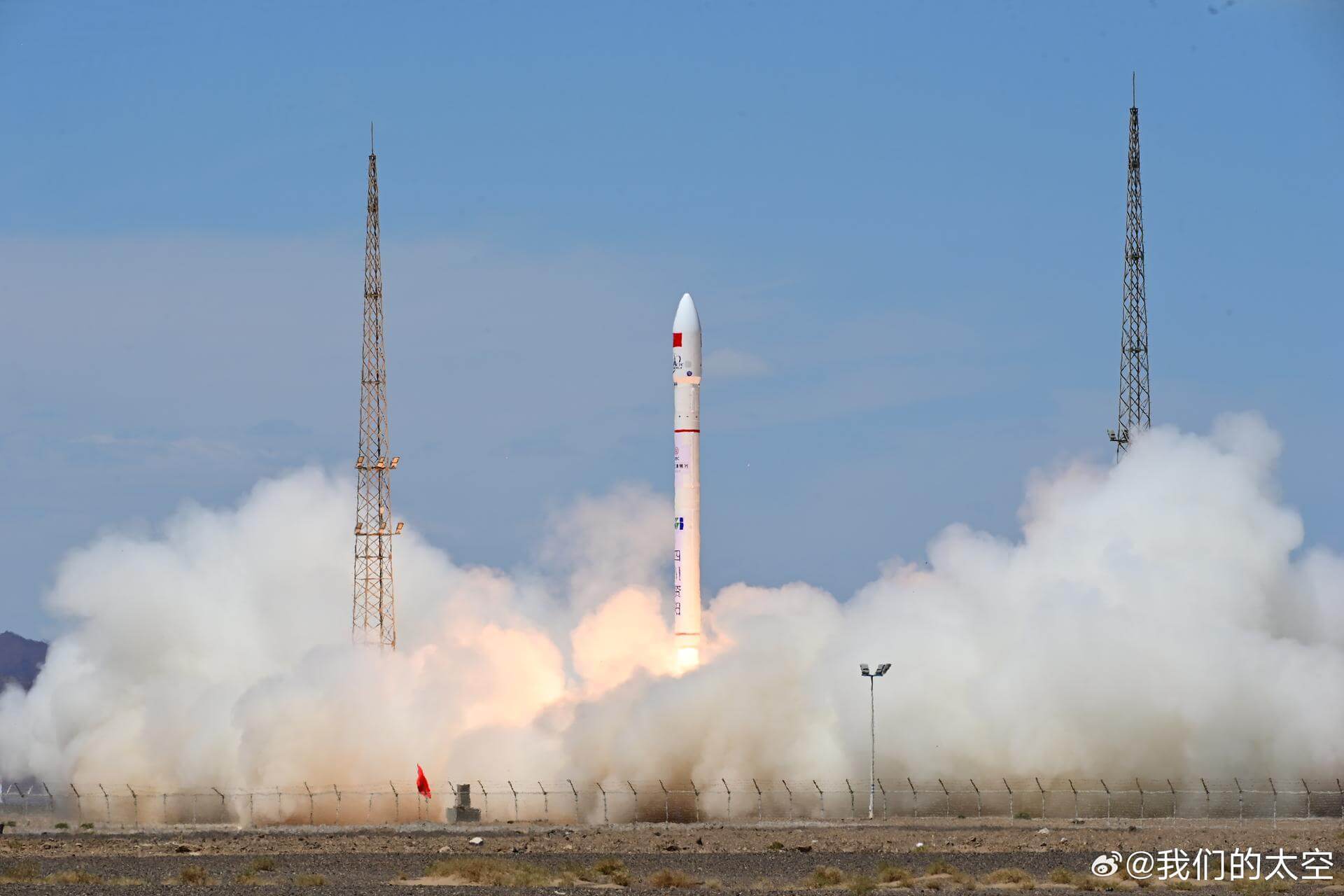· space brief · 5 min read
Space Brief 10 Nov 2024
Long March 2C launches four PIESAT-2 radar satellites, Gilmour Space secures Australia's first orbital launch permit, NASA extends ISS cargo contracts through 2030, ESA and Arianespace face industry crossroads.
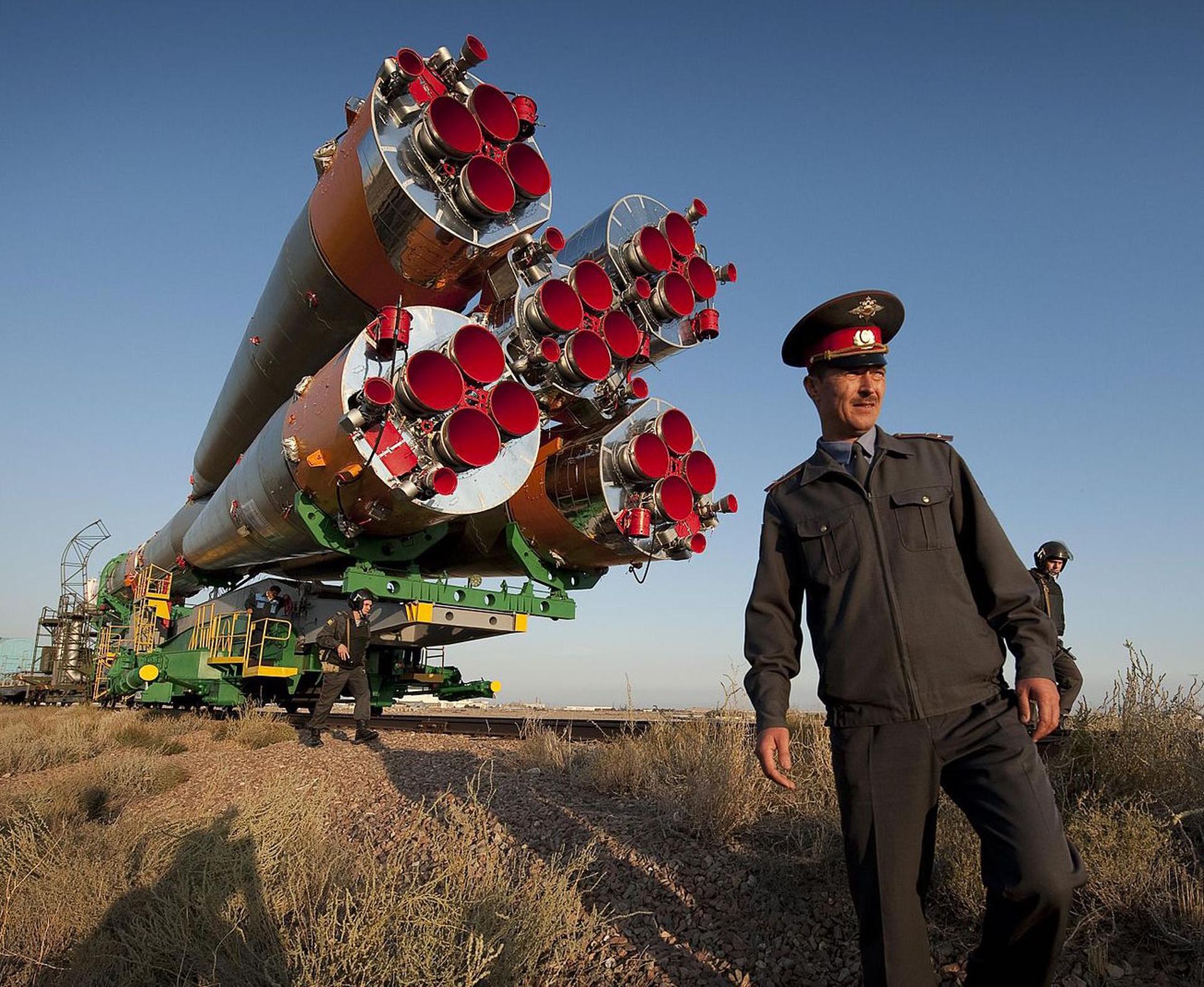
📄Top Stories
Today’s top space news includes the successful launch of four commercial radar satellites by China’s Long March 2C, marking another milestone in radar imaging services. Additionally, Australia’s Gilmour Space highlights a key achievement with their first orbital launch permit. NASA strengthens its operations around the International Space Station with contract extensions into 2030, while the European Space Agency and Arianespace confront evolving market dynamics.
📰Detailed Coverage
Long March 2C Launches Four Commercial Radar Satellites
Late Friday, a Chinese Long March 2C rocket successfully launched four PIESAT-2 satellites into orbit, setting a new benchmark for commercial X-band radar imaging services. This launch underscores China’s accelerating presence in the commercial space imaging sector. The satellites will provide high-resolution, all-weather imaging capabilities, essential for a range of applications from environmental monitoring to disaster management.
The operation reflects the growing global competition in Earth observation technologies, dominated by advancements in radar imaging. For those tracking such capabilities, this mission further expands the diversity and elective choices available on satellite tracking platforms, allowing enthusiasts and professionals to observe these cutting-edge technologies in action.
Read the full story: SpaceNews
Australia’s Gilmour Space Charts a New Course
Gilmour Space has officially received Australia’s first orbital launch permit, setting the stage for their Eris rocket’s maiden flight in a few weeks. This marks a historical milestone for the Australian space industry as Gilmour aims to launch a domestically-produced rocket from Bowen Orbital Spaceport in Queensland. This achievement not only demonstrates Gilmour’s dedication to expanding Australia’s presence in space exploration but also underscores its capacity-building efforts within the nation’s industry.
The Eris rocket’s upcoming test flight will prove crucial as Gilmour Space seeks to validate its launch vehicle’s systems and propulsion technologies. The company’s efforts spotlight the broader strategy of establishing a national supply chain network, further cementing Australia’s role in global space initiatives.
Read the full story: Space.com
NASA Extends ISS Cargo Contracts Through 2030
NASA has fortified its commitment to the International Space Station by extending cargo transportation contracts through to the end of the decade. Contracts with major space companies will ensure the continuous flow of supplies to and from the ISS, supporting research and exploration missions that extend the station’s operational lifespan, currently projected until 2030.
These extensions are critical for maintaining the ISS’s day-to-day operations and serve as a stepping stone for future deep-space exploration. For satellite and space station monitoring enthusiasts, this announcement assures ongoing opportunities to follow ISS-related activities and their broader impact on human spaceflight.
Read the full story: SpaceNews
ESA and Arianespace at a Crossroads
As the European Space Agency (ESA) prepares new Vega-C and Ariane 6 rockets for upcoming flights, it faces significant strategic decisions influenced by rapid industry changes. The agency is adjusting to the shifting landscape where competition and new technologies are disrupting traditional models. With these challenges, ESA must navigate issues of funding, innovation, and collaboration to maintain its leadership in the space launch arena.
These discussions are pivotal, setting the stage for Europe’s future role in global space exploration. The outcomes of ESA’s deliberations will be keenly monitored by stakeholders interested in the interplay of international partnerships in space exploration.
Read the full story: NASA Spaceflight
🛰️Satellite Spotlight
- Satellite Name: COSMOS 450
- NORAD ID: 05553
- Launch Date: 1971-10-20
- Mission: Initially part of the Soviet Union’s Strela-1 communications series, COSMOS 450 was used for military communications.
- Orbit: Inclination: 74.0319°, Period: 115.88 minutes, Eccentricity: 0.0043413
- Operator: OKB10
- Fun Fact: COSMOS 450 was part of an early series of Soviet communications satellites, showcasing the technological race in space during the Cold War.
Current TLE Data:
1 05553U 71086G 24310.59205271 .00000016 00000-0 23136-3 0 99996
2 05553 74.0319 32.2295 0043413 239.2941 237.9264 12.42688015407283Track this satellite in real-time on our web app: Track COSMOS 450
🚀 Upcoming Space Launches
November 10
- SpaceX Falcon 9:
- Starlink Group 6-69 from Cape Canaveral Space Force Station, FL, USA (21:28 UTC) A batch of 24 satellites for the Starlink mega-constellation - SpaceX’s project for space-based Internet communication system.
November 11
- CAS Space Kinetica 1:
- Unknown Payload from Jiuquan Satellite Launch Center, People’s Republic of China (03:51 UTC)
- SpaceX Falcon 9:
- Koreasat 6A from Kennedy Space Center, FL, USA (17:07 UTC) This mission will carry the Koreasat 6A spacecraft with transponders for broadcasting and fixed satellite services.
November 13
- SpaceX Falcon 9:
- Starlink Group 6-68 from Cape Canaveral Space Force Station, FL, USA (11:00 UTC) A batch of satellites for the Starlink mega-constellation - SpaceX’s project for space-based Internet communication system.
- China Aerospace Science and Technology Corporation Long March 4C:
- Unknown Payload from Taiyuan Satellite Launch Center, People’s Republic of China (22:34 UTC)
November 14
- SpaceX Falcon 9:
- Starlink Group 9-11 from Vandenberg Space Force Base, CA, USA (04:21 UTC) A batch of satellites for the Starlink mega-constellation - SpaceX’s project for space-based Internet communication system.
November 16
- SpaceX Falcon 9:
- Starlink Group 6-66 from Cape Canaveral Space Force Station, FL, USA (18:04 UTC) A batch of satellites for the Starlink mega-constellation - SpaceX’s project for space-based Internet communication system.
November 17
- SpaceX Falcon 9:
- Optus-X from Kennedy Space Center, FL, USA (00:00 UTC) An unannounced geostationary communication satellite for the Australian telecommunications operator Optus.
November 18
- SpaceX Starship:
- Integrated Flight Test 6 from SpaceX Starbase, TX, USA (22:00 UTC) Sixth test flight of the two-stage Starship launch vehicle.
November 21
- ROSCOSMOS Soyuz 2.1a:
- Progress MS-29 (90P) from Baikonur Cosmodrome, Republic of Kazakhstan (12:22 UTC) Progress resupply mission to the International Space Station.
Note: Launch dates and times are subject to change due to technical or weather considerations.

Maurice Stellarski


